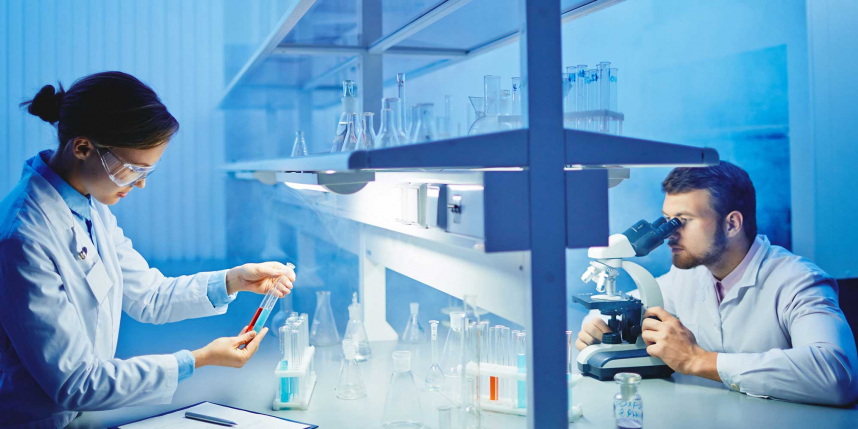
Since 1 January 2025, the first six EU reference laboratories (EURLs) for public health have been operational and will carry out activities for the next seven years.
The EURLs, which bring together consortia of scientific expertise from across the EU, contribute to improving EU preparedness and ensuring a swift detection and response in case of outbreaks. They will thus strengthen the EU's defences in the face of serious cross-border health threats.
The six EURLs are covering the following areas:
- Antimicrobial resistance (AMR) in bacteria
- Vector-borne viral pathogens
- Emerging, rodent-borne and zoonotic viral pathogens
- High-risk, emerging and zoonotic bacterial pathogens
- Legionella
- Diphtheria and pertussis
The EURLs will support national public health laboratories by ensuring data comparability and capacity strengthening on laboratory methods at the EU level.
This includes efforts to align diagnostics and testing for disease surveillance, notification and reporting.
These six EURLs were designated for seven years in March 2024, and are funded under the EU4Health programme.
The Regulation 2022/2371 on Serious Cross-Border Threats to Health introduced a legal mandate for the designation and implementation of European reference laboratories in public health. In March 2024, the European Commission adopted an Implementing Regulation that designated the first six EURLs for public health. An Implementing Regulation designated a further three EURLs in November 2024. A network of EURLs for public health will be operated and coordinated by the European Centre for Disease Prevention and Control (ECDC).